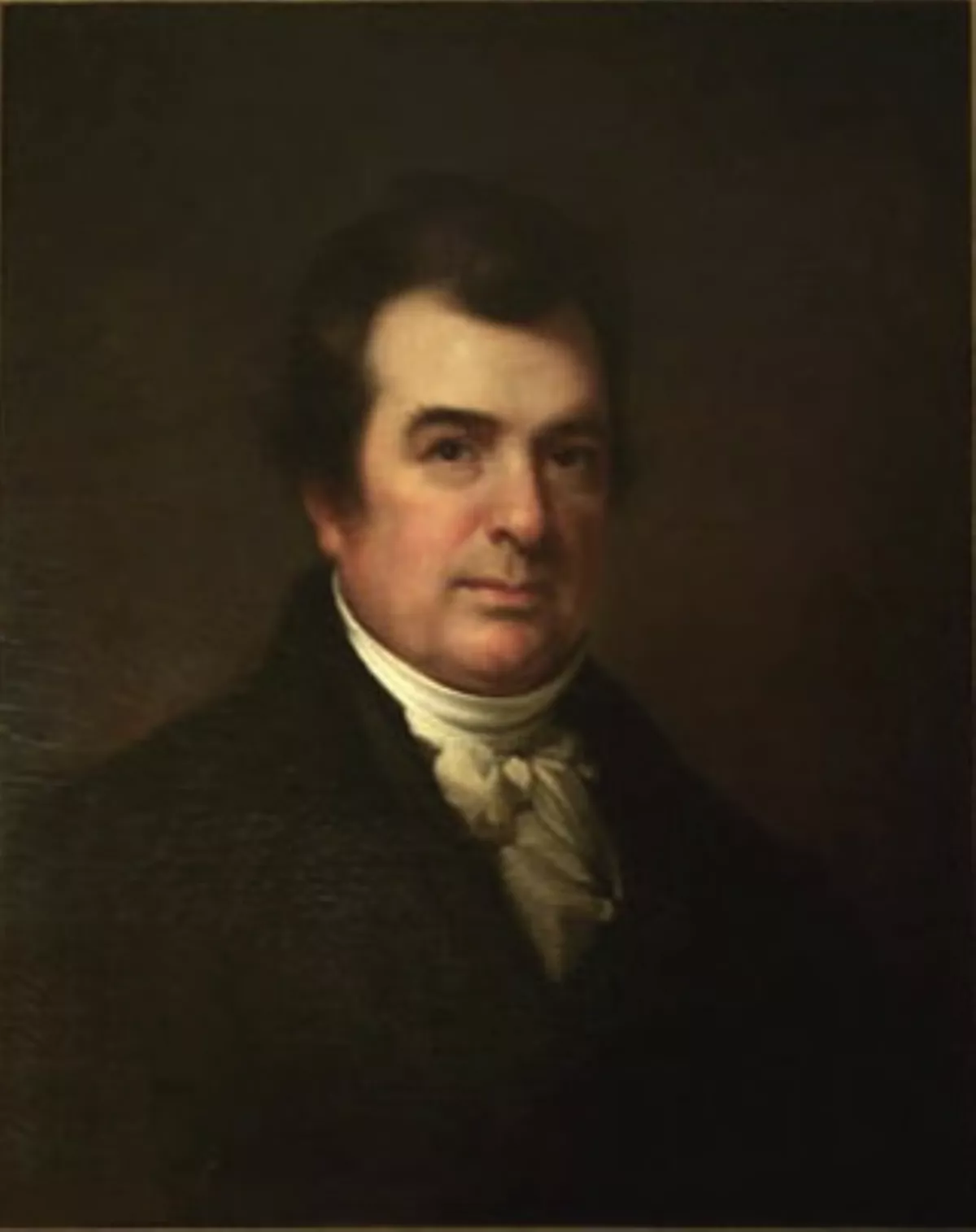 1.
1. David Hosack remains widely known as the doctor who tended to the fatal injuries of Alexander Hamilton after his duel with Aaron Burr in July 1804, and who had similarly tended to Hamilton's son Philip after his fatal 1801 duel with George Eacker.